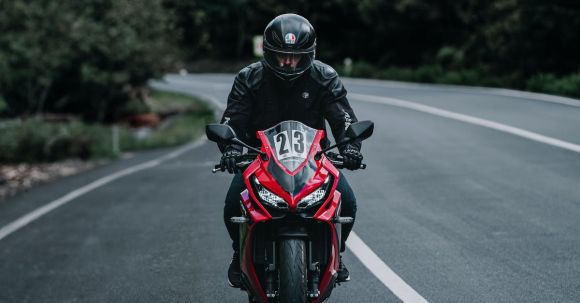Motorcycles, with their sleek design and thrilling rides, can be a source of joy and excitement for many riders. However, that joy can quickly turn into frustration when your motorcycle refuses to start. Before you give up and call a mechanic, there are a few troubleshooting steps you can take to diagnose and fix the problem yourself. In this article, we will guide you through the process of troubleshooting a motorcycle that won’t start.
Check the Battery
The first step in diagnosing a motorcycle that won’t start is to check the battery. Start by ensuring that the battery terminals are clean and securely connected. Loose or corroded connections can prevent the battery from providing enough power to start the engine. If the terminals are clean and tight, use a multimeter to check the battery voltage. A fully charged battery should read around 12.6 volts. Anything lower than that may indicate a weak or dead battery that needs to be replaced.
Inspect the Fuel System
If the battery is in good condition, the next step is to inspect the fuel system. Begin by checking the fuel tank to ensure it has an adequate amount of fuel. If the tank is low, add fresh fuel and try starting the motorcycle again. If the tank is full, check the fuel lines for any cracks or leaks. A damaged fuel line can prevent fuel from reaching the engine, causing your motorcycle to not start. If you find any issues with the fuel lines, they will need to be repaired or replaced.
Examine the Spark Plugs
Spark plugs play a crucial role in igniting the fuel-air mixture in the engine. If the spark plugs are worn out or dirty, they may not produce a strong enough spark to start the motorcycle. Remove the spark plugs and inspect them for signs of wear, such as eroded electrodes or excessive carbon buildup. If the spark plugs are damaged or dirty, replace them with new ones and try starting the motorcycle again.
Check the Ignition System
If the spark plugs are in good condition, the next step is to check the ignition system. Begin by inspecting the ignition switch and ensuring it is in the “on” position. Faulty ignition switches can prevent the electrical current from reaching the spark plugs, causing the motorcycle to not start. If the ignition switch is working correctly, inspect the ignition coils and wires for any signs of damage or corrosion. Faulty ignition coils or wires can disrupt the spark, preventing the engine from starting. If you find any issues with the ignition system, they will need to be repaired or replaced.
Seek Professional Help
If you have followed all the troubleshooting steps mentioned above and your motorcycle still won’t start, it may be time to seek professional help. A qualified mechanic will have the necessary tools and expertise to diagnose and fix the problem. They can perform more advanced tests and inspections to identify any underlying issues that may be causing the starting problem. While it may be tempting to continue troubleshooting on your own, consulting a professional can save you time, money, and further frustration.
In conclusion, troubleshooting a motorcycle that won’t start can be a challenging task. However, by following the steps outlined in this article, you can diagnose and fix many common issues yourself. Remember to check the battery, inspect the fuel system, examine the spark plugs, and check the ignition system. If all else fails, don’t hesitate to seek professional help. With a little patience and persistence, you’ll be back on the road, enjoying the thrill of riding your motorcycle in no time.
